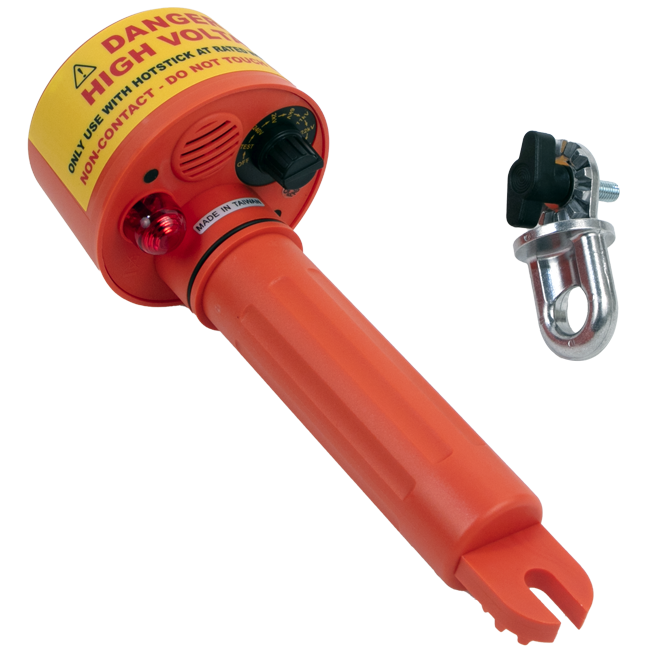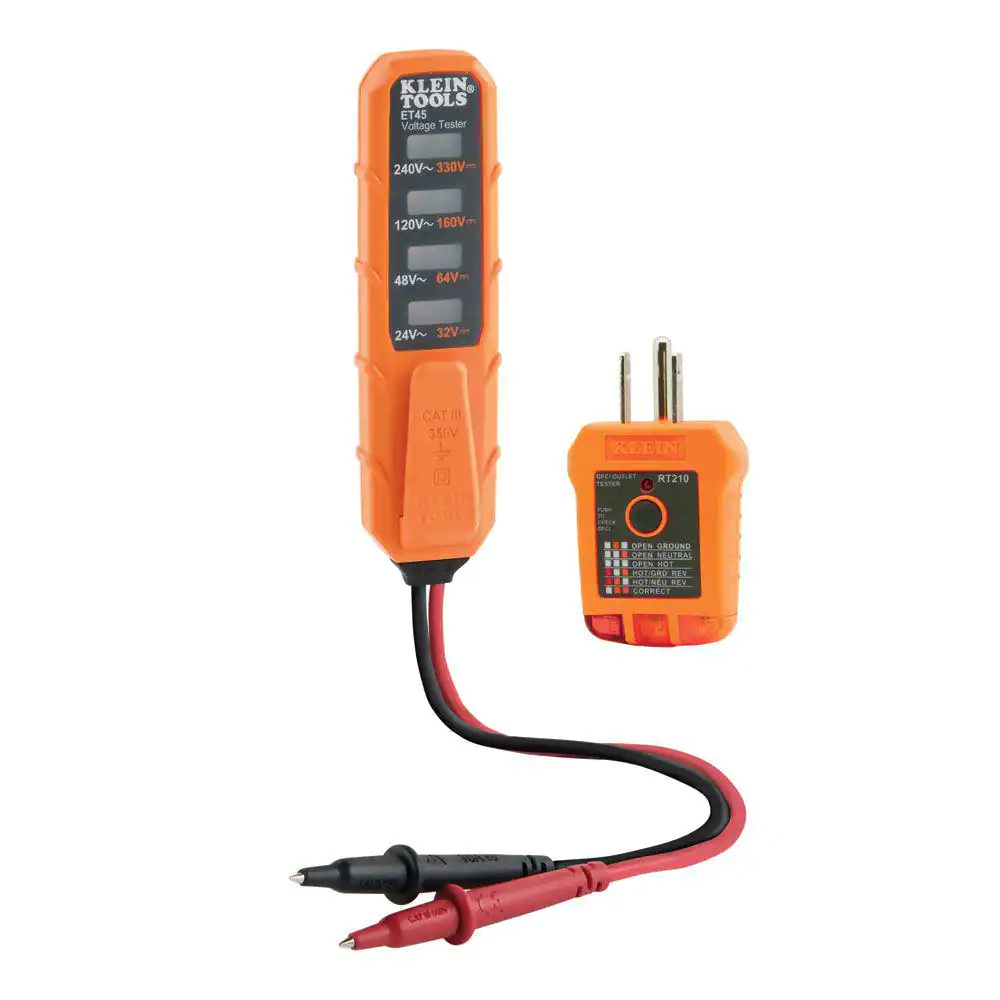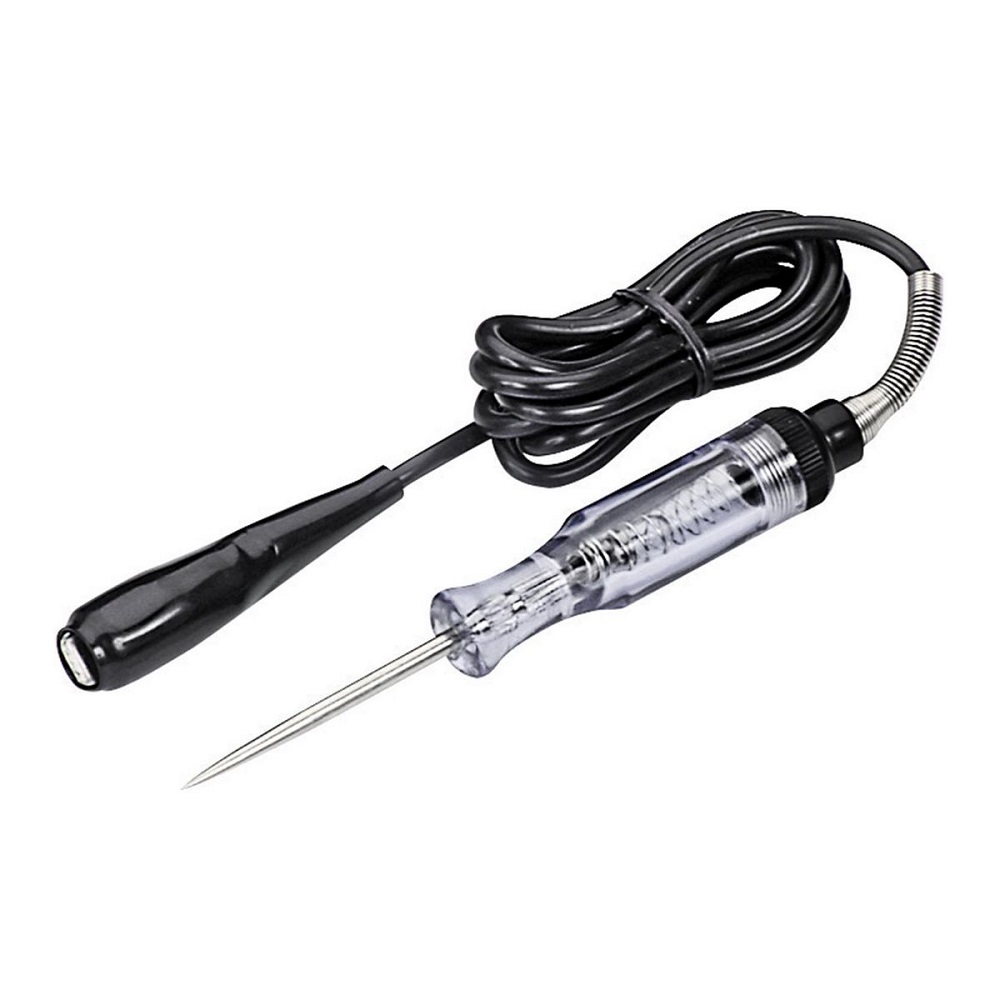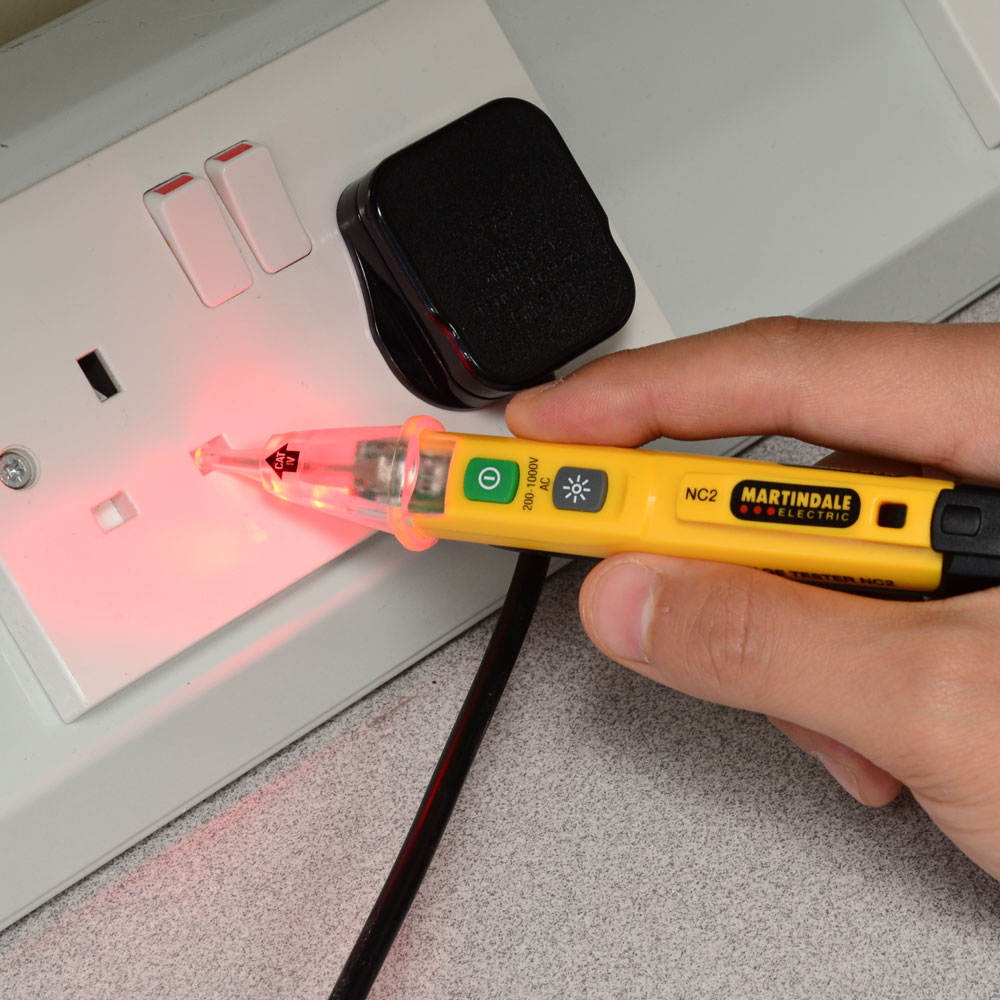Electrical testers play a crucial role in ensuring safety and efficiency in electrical work. They help electricians, technicians, and DIY enthusiasts identify live wires, troubleshoot issues, and ensure the integrity of electrical installations. However, with the variety of testers available on the market, choosing the right one can be overwhelming. This article presents key features to consider when selecting an electrical tester, ensuring you make an informed decision.
Types of Electrical Testers
Voltage Testers
Voltage testers are among the most common tools in electrical work. They measure the presence of voltage in electrical systems through either non-contact or contact methods. Non-contact voltage testers allow users to sense voltage without touching the wires, making them particularly useful for ensuring safety when working on live circuits. They will beep or light up when near a live wire, providing an immediate alert. On the other hand, contact voltage testers require direct contact with a conductive surface to get a reading. These testers are often more precise and can give detailed voltage measurements. For various tasks ranging from identifying a live wire to checking socket outputs, having both types can be beneficial for versatility.
Multimeters
Multimeters, or multifunction testers, are versatile tools that can measure voltage, current, and resistance, making them ideal for various electrical tasks. They are often indispensable for troubleshooting and diagnostic work. Digital multimeters typically provide clear readings on an easy-to-read screen, while analog multimeters use a needle gauge, which may require more experience to interpret. Additionally, many multimeters come with advanced features, such as data logging and auto-ranging, which simplify various measurement tasks. When selecting a multimeter, consider not only the basic features but also the accuracy and measurement range needed for your specific applications. A high-quality multimeter can help identify faulty components or connections, ensuring a safe and effective electrical installation.

Safety Features
Category Ratings
Safety should be your top priority when choosing an electrical tester. Look for testers with appropriate category ratings, such as CAT II, CAT III, or CAT IV. These ratings indicate the tester’s ability to handle different voltage levels and conditions. For instance, CAT IV is suitable for high-energy installations, such as electrical distribution panels, while CAT II is designed for lower voltage applications like household appliances. Understanding these ratings helps ensure the tester can safely manage the electrical environments it will be used in. It protects both you and the equipment you are working with, minimizing risks associated with electrical faults.
Overload Protection
Another critical safety feature is overload protection, which provides a safeguard against accidental exposure to high voltage or current levels. Many modern testers incorporate built-in fuses or circuit protection circuits, automatically disconnecting in case of overload. This feature not only protects the tester itself but also enhances user safety. Choosing a tester with reliable overload protection can significantly reduce the risk of damage to both the tester and the electrical systems being examined. Always verify that the tester has this feature, especially if you frequently work in high-voltage environments where the risk of overload is higher.

Ease of Use
Display Readability
The readability of the tester’s display is crucial for effective use, especially when working in dimly lit or cluttered environments. Digital testers often come with large screens featuring backlighting, which makes readings easy to see regardless of the surrounding lighting conditions. The clarity of the display can impact how quickly and accurately you can take measurements. Some advanced models even have graphical displays that show waveforms and trends, assisting you in analyzing complex signals. A tester with a clear, easy-to-read display can dramatically enhance your work efficiency, especially during long testing sessions or challenging tasks.
User Interface
A user-friendly interface goes hand-in-hand with ease of use. Look for testers that feature intuitive controls and clearly labeled buttons. Some advanced models may offer features like auto-ranging, which selects the appropriate measurement range automatically, simplifying the operation process. A more intuitive interface reduces the risk of user errors and speeds up workflow, allowing you to focus on getting accurate results rather than struggling with device operation. The better the user interface, the more productive you will be, whether you are a seasoned professional or a DIY enthusiast.

Portability
Size and Weight
Portability can greatly influence the usability of an electrical tester, especially for professionals who travel frequently between job sites. If you plan to use the tester in various locations, a lighter and more compact model will be more convenient. Some testers are even designed with ergonomic considerations in mind, making them comfortable to hold for extended periods. Consider how easily it will fit into your tool belt, backpack, or glove compartment. A tester that is easy to carry ensures that you always have it on hand when needed, enabling you to work efficiently without being encumbered by heavy tools.
Battery Life
For testers powered by batteries, checking the battery life ratings is essential. Long-lasting batteries reduce the need for frequent replacements, saving time and minimizing interruptions during work. Some models offer rechargeable battery options, which can be incredibly convenient, especially for users who are often on the go. When evaluating battery performance, consider both the expected lifetime of the batteries in usage and how easy it is to replace or recharge them. A tester with superior battery performance can be a practical choice for busy professionals, ensuring that your equipment remains functional when you need it most.

Measurement Capabilities
Voltage and Current Ranges
When choosing an electrical tester, the voltage and current ranges it offers are key factors. Ensure the tester can measure the specific levels you are likely to encounter in your work. For typical residential tasks, a tester that can read up to 600 volts AC is generally sufficient. However, if you work in commercial or industrial settings where higher voltages are common, you may need a tester that handles greater capacities. In addition, consider whether the tester measures both AC and DC current, which is crucial for various applications including battery testing and photovoltaic systems. Having the right range can greatly affect the tester’s effectiveness in diagnosing electrical issues.
Additional Features
Some electrical testers come equipped with additional features that can further enhance their functionality. For instance, testers with frequency measurement capabilities allow you to test for specific frequency ranges in electrical systems, which can be particularly useful in troubleshooting signal-related issues. Others may include temperature measurement functions, continuity testing, and diode testing features, making them more versatile overall. Depending on your unique needs, these extra features can increase the utility of your tester, making it a more valuable part of your tool arsenal.

Brand Reputation and Reviews
Trusted Brands
When investing in an electrical tester, consider selecting trusted brands with a strong reputation for quality and reliability. Companies that specialize in electrical tools often have extensive focus on product development and customer service. A product from a reputable brand is more likely to meet high standards for performance and safety. Research various brands to see which ones are commonly recommended by professionals in the field. This information can help you narrow down your options to a few credible candidates that are likely to satisfy your requirements.
Customer Reviews
Customer reviews offer invaluable insights regarding the performance and durability of a particular tester. Look for feedback from other users who have needs similar to your own. Reviews often highlight both strengths and weaknesses, enabling you to gauge whether the tester is suitable for your tasks. Pay attention to comments pertaining to accuracy, ease of use, and any common issues reported. Customers frequently provide useful details about their experiences that can guide you toward making an informed choice and help you avoid products that may not meet your expectations.
Conclusion
Choosing the right electrical tester is an essential decision for anyone working with electrical systems, whether you are a professional electrician or an enthusiastic DIYer. By considering types, safety features, usability, portability, measurement capabilities, and brand reputation, you can make a confident, informed choice. Quality testers not only enhance work efficiency but also play a crucial role in ensuring safety while handling electrical components.
Investing time in selecting the appropriate electrical tester pays dividends in the long run. A good tester can make diagnosing and troubleshooting electrical problems more manageable and accurate, ultimately leading to successful and safe installations. Whether you’re testing circuits, troubleshooting, or conducting routine maintenance, the right tool can significantly improve the quality of your work. Take the time to explore your options carefully, and you’ll find the perfect electrical tester suited to your needs, enhancing both your skills and safety in the field.
